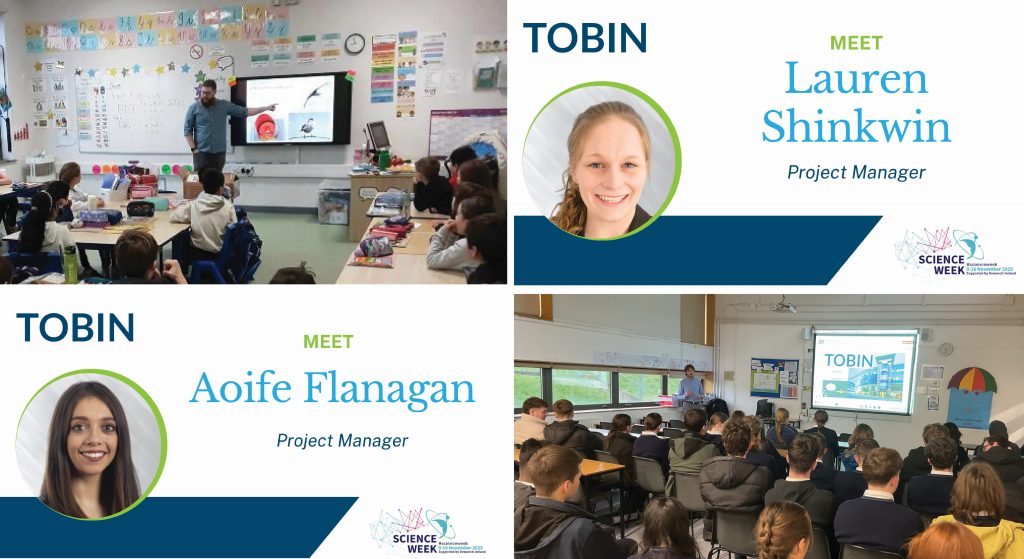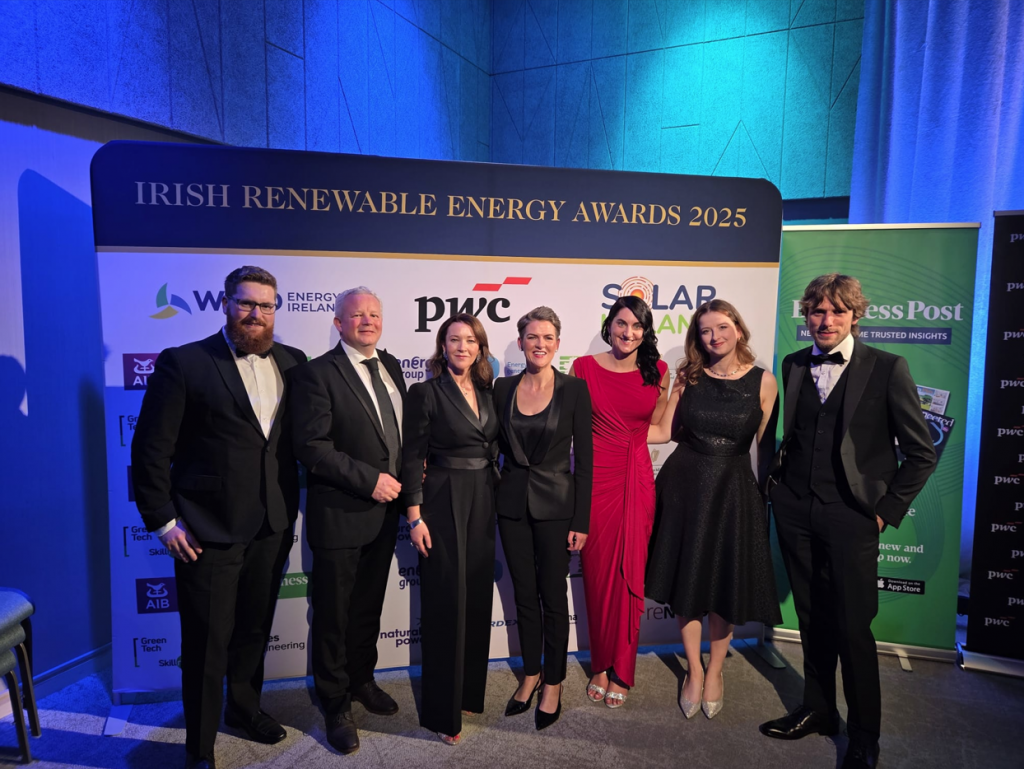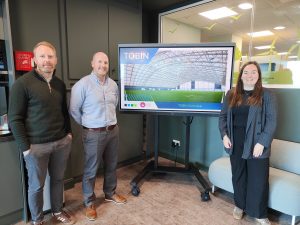The significant role of biomethane in replacing fossil gas is recognised in EU law. In Ireland, our National Biomethane Strategy focuses on leveraging production potential of the agricultural sector and stimulating demand to produce up to 5.7 TWh of indigenously sourced biomethane annually by 2030. With Sarah Barrett and Sorcha Ryder.
As the Government publishes its Biomethane Environmental Sustainability Charter, we look at key aspects of developing biomethane production facilities.
Biomethane
Biomethane is a carbon-neutral renewable gas, which is chemically almost identical to the methane found in natural gas but is produced from organic materials (farm and food waste) through a process known as anaerobic digestion.
Permit-granting procedure
The EU requires faster, streamlined permit-granting procedures under the Renewable Energy Directive. Biomethane facilities must be permitted within two years (or one year in renewables acceleration areas) and are presumed to be in the overriding public interest (which can help expedite assessments under EU environmental legislation and strengthen the legal position of projects when weighed against other public or private interests).
Planning and environment
Planning permission from the local authority is required. The Biomethane Strategy indicates that guidelines are being developed for local authorities to assess applications for anaerobic digestion and biorefinery facilities. Depending on the scale and feedstock, a production facility may also require an industrial emissions licence, an integrated pollution control licence, a water discharge licence, a waste collection permit, an end-of waste certification for digestate reuse, and an animal-by-products approval.
Grid
Biomethane producers may seek direct connection to the gas grid, which requires a connection agreement with Gas Networks Ireland (“GNI”). GNI may need to obtain a consent from the Commission for Regulation of Utilities for construction of a gas pipeline.
Connection and use of system is regulated by law, with the EU’s Fourth Gas Package containing new provisions to encourage integration of renewable gas in the system. These include that Member States may grant biomethane facilities priority to connect, and there is a tariff discount for renewable gas applied to entry points from production facilities.
Where biomethane is grid-injected, GNI provides evidence related to green credentials by issuing proofs of origin for mass balancing of injected and withdrawn renewable gas. A cancellation statement then allows green certificates to be obtained (see more below).
There are also responsibilities around use of system. A licenced Shipper will accede to the GNI Code of Operations. The biomethane producer can become a Shipper itself or contract with the Shipper (often the offtaker or another third party). The Shipper books capacity. Daily nominations of gas to be injected must be made to GNI, and there are penalties if injected volumes exceed capacity purchased or do not match customer offtake. The commercial arrangements between the producer and offtaker should make clear their obligations and liabilities around nominations and balancing.
Construction
Contractual framework
The contractual structuring for the construction of a biomethane facility can take a variety of forms, depending on the project’s complexity, the technology involved, availability of contractors willing to deliver under a turnkey model and any concerns around price certainty that the developer (and indeed any debt funder) may have.
The engineering, procurement and construction (“turnkey”) procurement model is an approach often adopted, whereby a developer contracts with a single contractor who is responsible for the delivery of a fully operational facility. This model offers a streamlined process and clear project accountability.
Alternatively, a split procurement model may be adopted, where separate contracts are awarded for the civil works and for the supply and installation of the technological aspects of the works. This model can offer greater flexibility to the developer and potential cost savings by avoiding the payment of a “turnkey premium” to a contractor. However, it can also require more coordination and interface management with regard to design responsibility, health and safety management, events giving rise to claims and the overall construction programme.
Developer and supplier
Given the complex nature of biomethane facilities, the supply and installation agreement is a key aspect of construction. More than one such agreement may be necessary, which will be determined by the technology required for the facility’s energy production (such as (i) anaerobic digestion systems – the treatment by which organic matter is broken down to produce biogas, and (ii) gas upgrading units – the treatment which removes CO₂ from raw biogas). Suppliers can be contracted to provide for the manufacturing, supply, installation, testing and commissioning of this technology.
As the technology is relatively novel and highly specialised, market-leading suppliers may retain much of the bargaining power during contract negotiation and it may be common to see provisions which favour the supplier position. Key developer concerns when negotiating a supply and installation agreement include the passing of risk and title, the prescribed milestone dates, the consequences for any suspension period and/or dispute and how these elements may impact the agreed pricing terms.
Operation
Operation and maintenance of the facility is also a key consideration. These services may be performed initially by a supplier, before transitioning into a long-term operation and maintenance contract with an operator. It may be awarded as a stand-alone contract or wrapped into an asset management agreement. We often see contractors who have been responsible for delivery of the equipment assuming an operation and maintenance role for the lifetime of the facility, given their understanding of the technology.
The operator can be responsible for ensuring the supply of feedstock to the facility from feedstock suppliers. Being the crucial component for biogas production, feedstock must be capable of being delivered to the facility on a continuous basis. The facility’s location should accommodate efficient delivery and its construction should accommodate feedstock storage as necessary.
The supply of feedstock is of critical significance in the negotiation stage with contractors and suppliers. Given the precise technical requirements of the plant, certainty on the feedstock quality specifications, quantity and delivery and the pricing and payment mechanism are of extreme importance to guaranteeing the feasibility of these projects.
Incentives / green credentials
It is intended to provide capital grants for construction of biomethane facilities or upgrades to existing biogas plants. A first scheme provided 20% of total capital investment costs up to €5m per project.
The State intends to stimulate demand for biomethane through the following mechanisms:
- Renewable Transport Fuel Obligation and Advanced Biofuel Obligation: These impose obligations on fossil transport fuel suppliers to source 25% and 1.5% (in 2025) of fuel supplies from renewable sources and advanced biofuels respectively. Biomethane may fall into both categories but attracts additional RTFO certificates if it qualifies as an advanced biofuel. Producers receive RTFO certificates and suppliers purchase and surrender the number of certificates commensurate with their obligation.
- Renewable Heat Obligation: It is planned to introduce an obligation on suppliers of fossil fuel used for heat from 2026 to 2045 based on a similar mechanism to the RTFO.
- Support Scheme for Renewable Heat: This provides operational tariff or installation grant support to heat users.
Biomethane producers injecting gas to the network can also receive Guarantees of Origin (“GoOs”), used to demonstrate to final customers the share or quantity of energy from renewable sources in an energy supplier’s energy mix or supply contracts. GNI issues GoOs to producers, who may sell them to suppliers. Eligibility for green certificates and GoOs is based on sustainability standards in the Renewable Energy Directive.
Route to market
Producers enter into a bilateral agreement with gas customers or suppliers to customers. There are several routes to market including corporate gas purchase agreements, supply agreements with fuel retailers, direct fuel supply agreements with industrial / logistics companies, or sale of shrinkage gas to GNI.
In addition to price, invoicing and payment arrangements and volumes to be sold and purchased, contracts will provide for delivery point, transfer of title and risk, testing and quality specifications, and liability for off-specification gas. Biomethane purchasers may acquire the green credentials associated with biomethane production via the gas sales agreement or a separate agreement.
Final thoughts
Notwithstanding its challenges, the biomethane sector presents opportunities for developers and large energy users requiring secure, decarbonised energy sources. As the gas sector decarbonises, there will be opportunities for the construction sector in terms of production, storage and transport facilities, as well as in sectors using decarbonised energy solutions.
Authors: Sarah Barrett Senior Associate and Sorcha Ryder Associate, Construction and Engineering. www.arthurcox.com
The post Developing Biomethane Production Facilities first appeared on Irish building magazine.

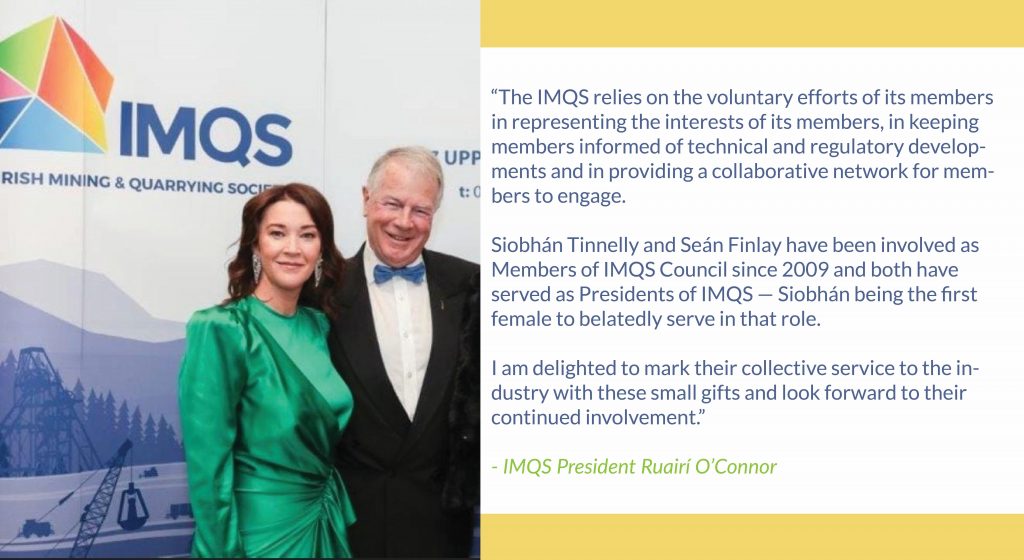

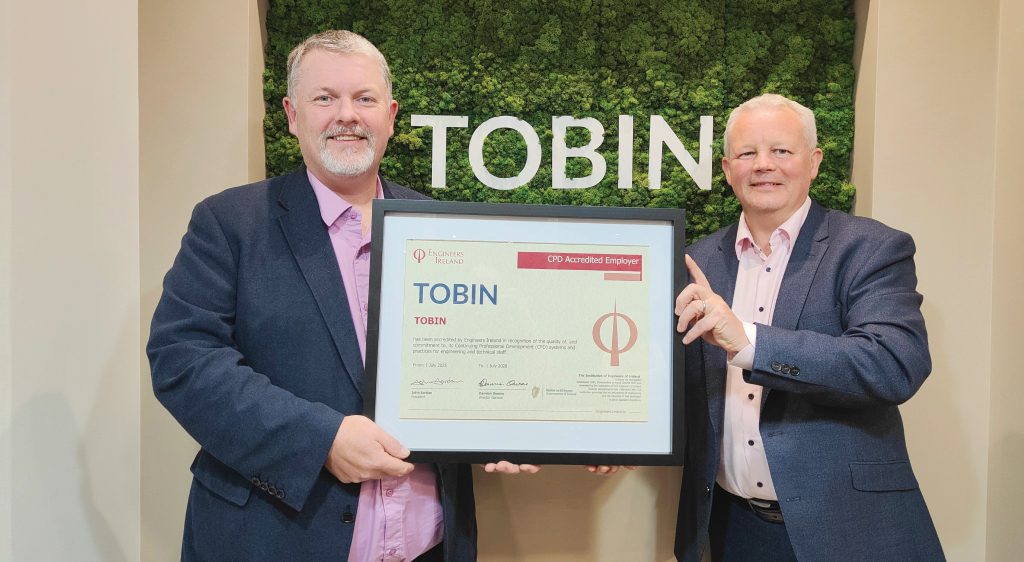
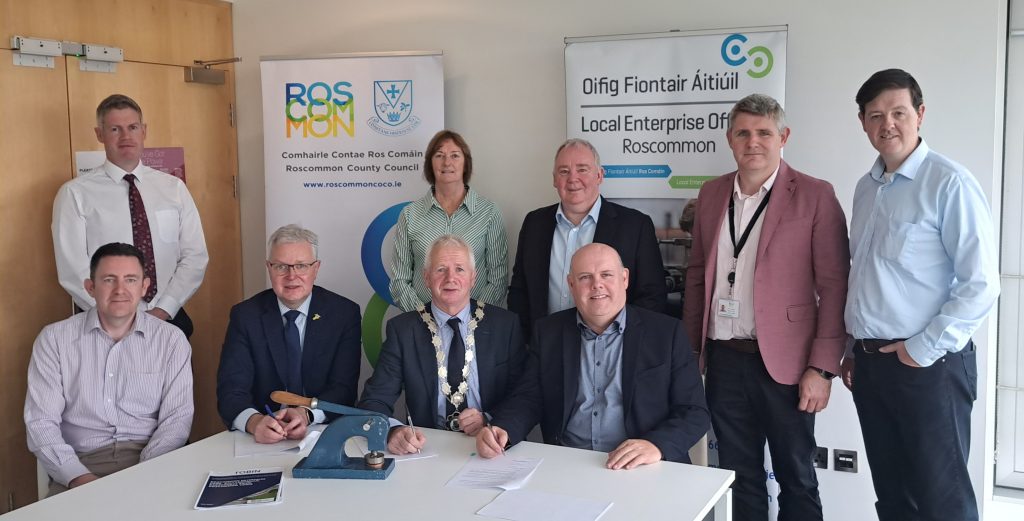

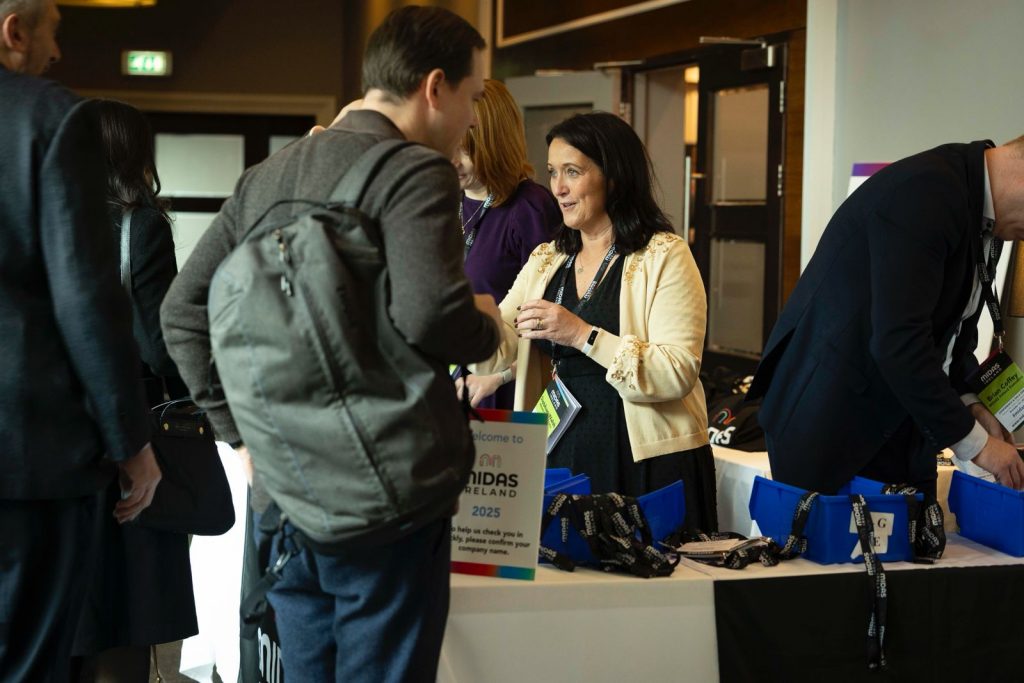
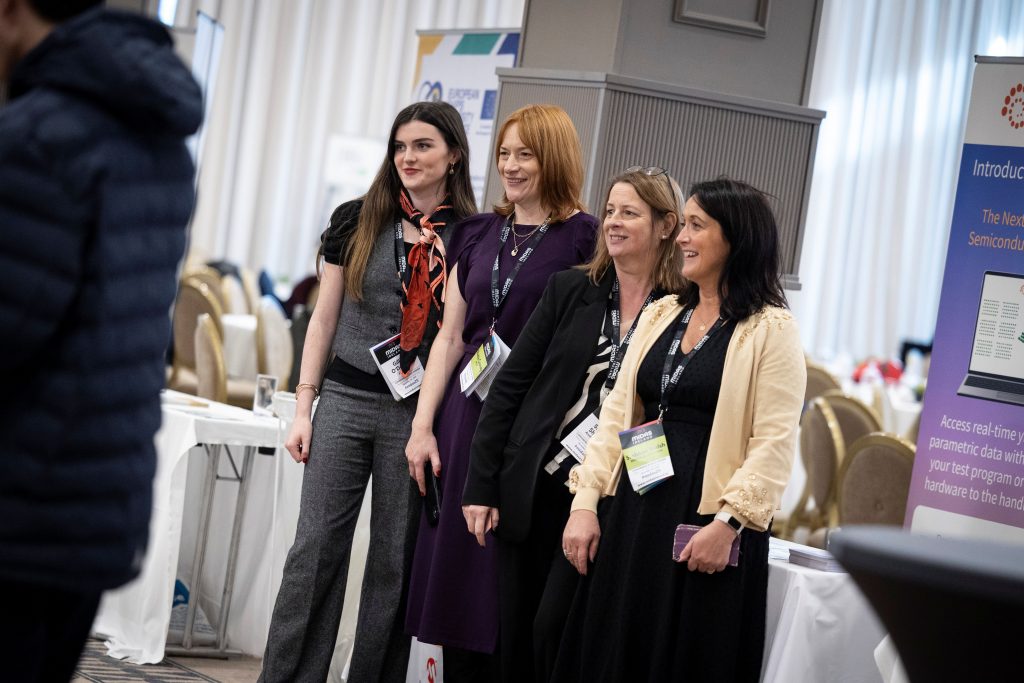

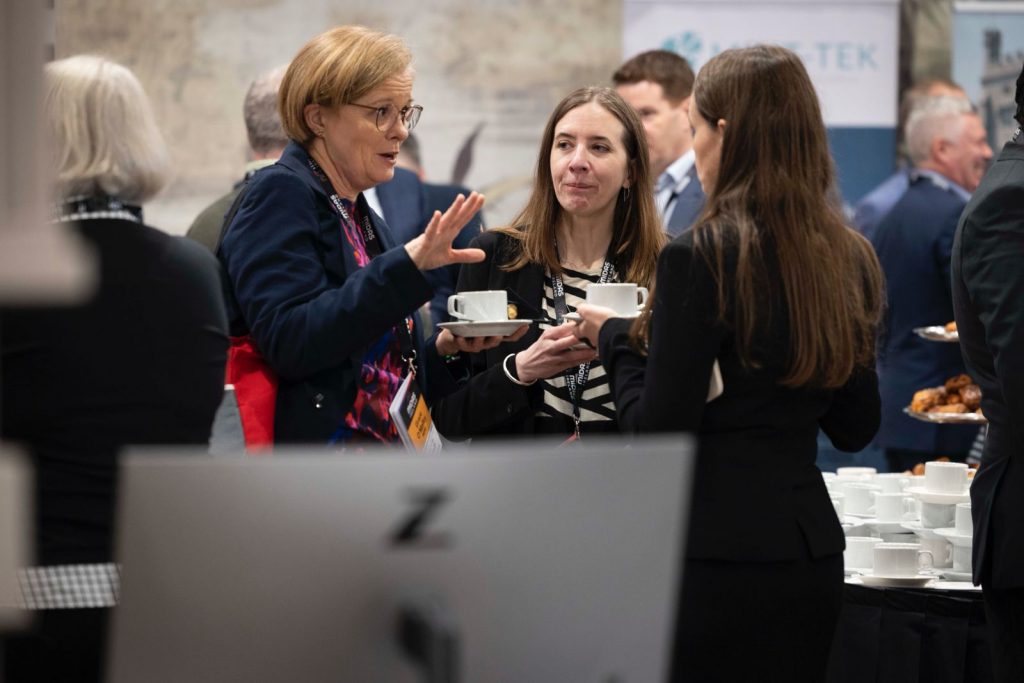

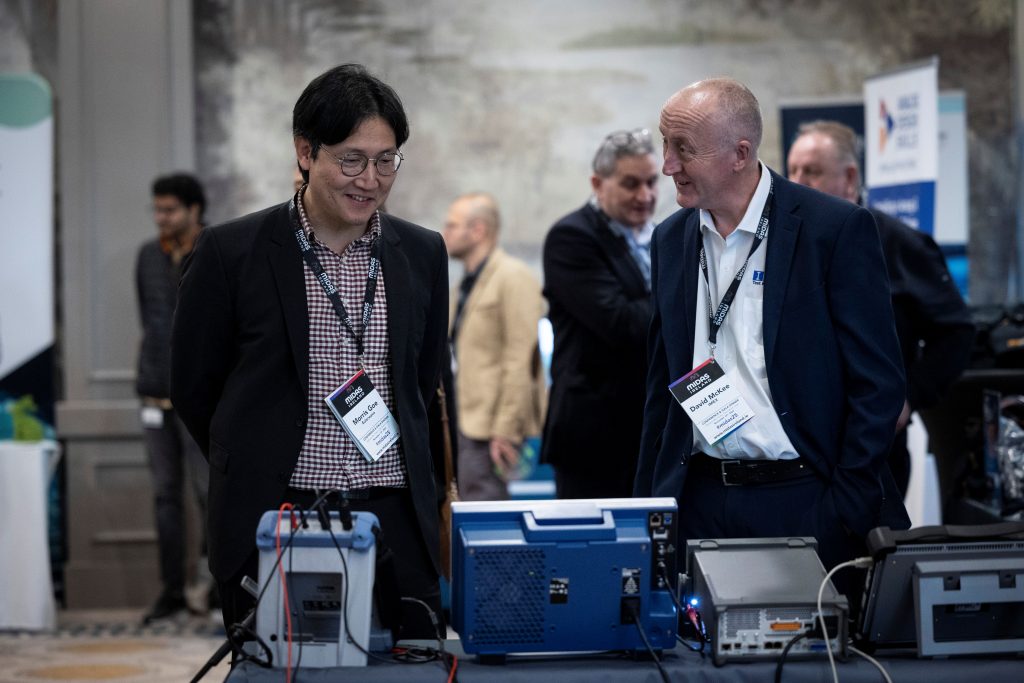


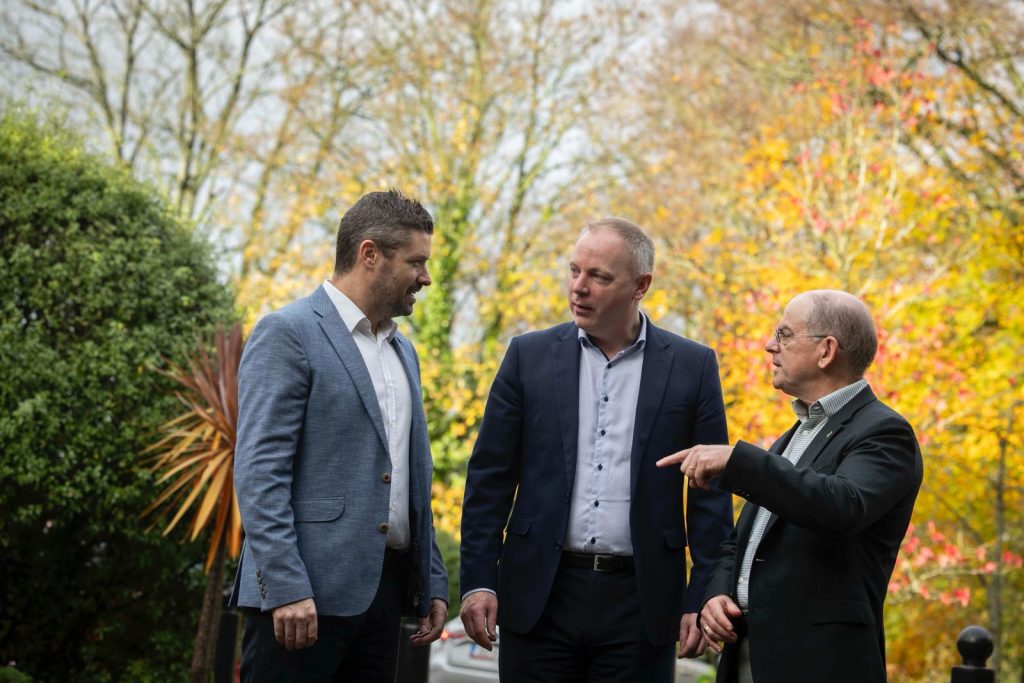
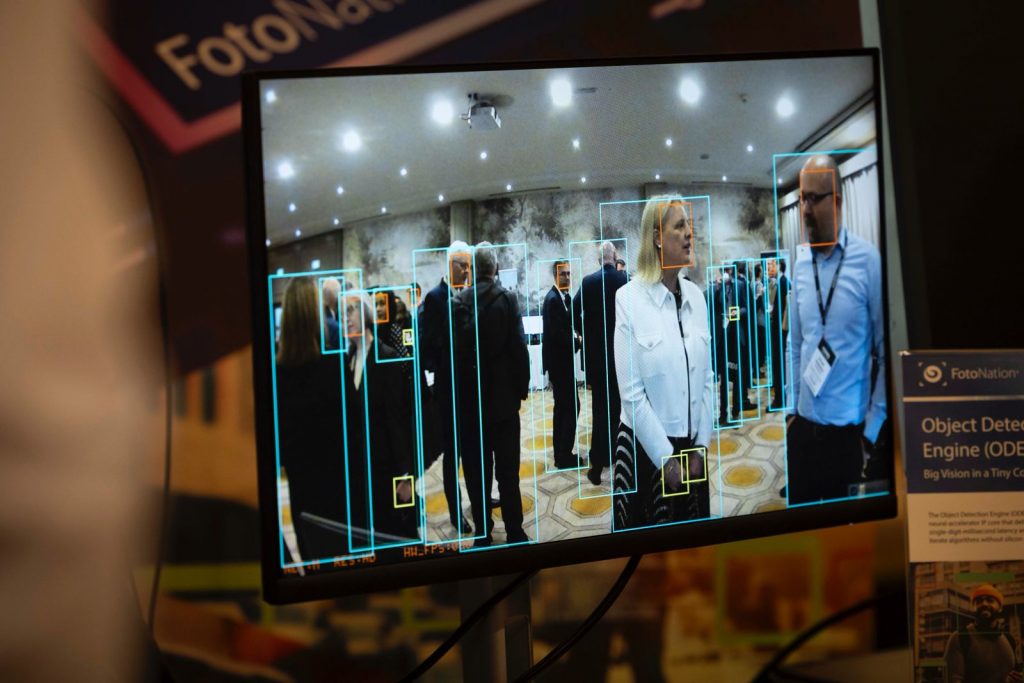

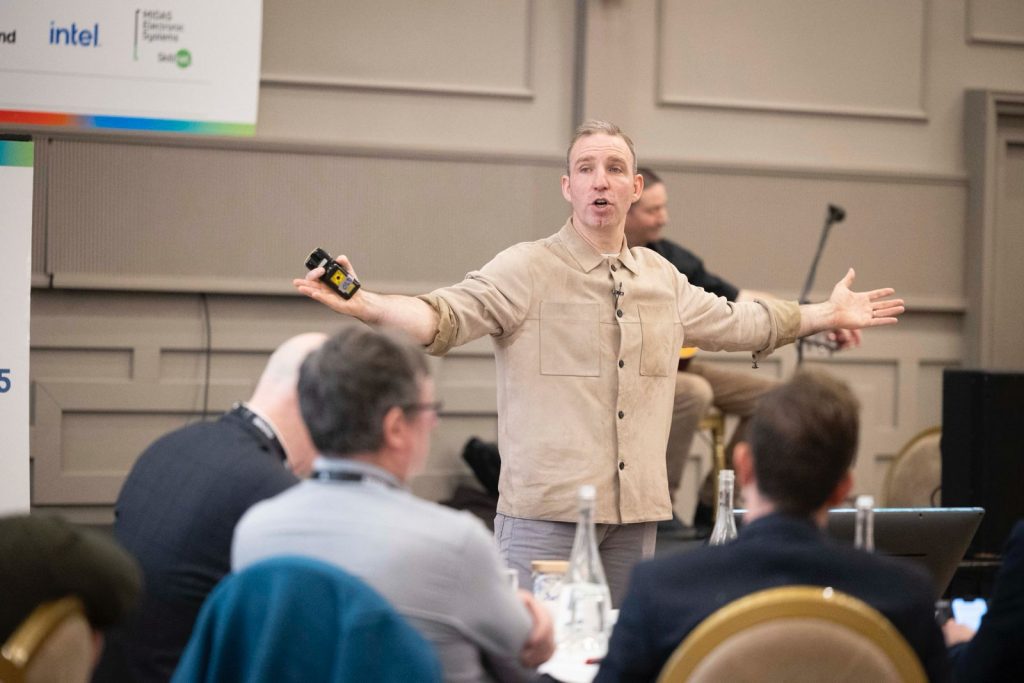

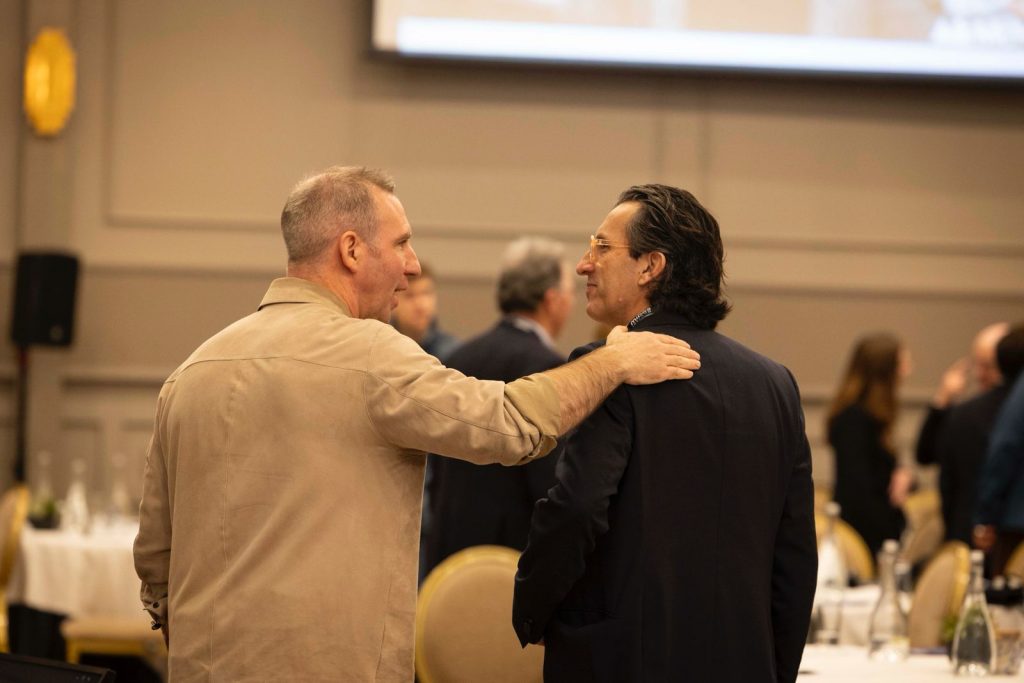

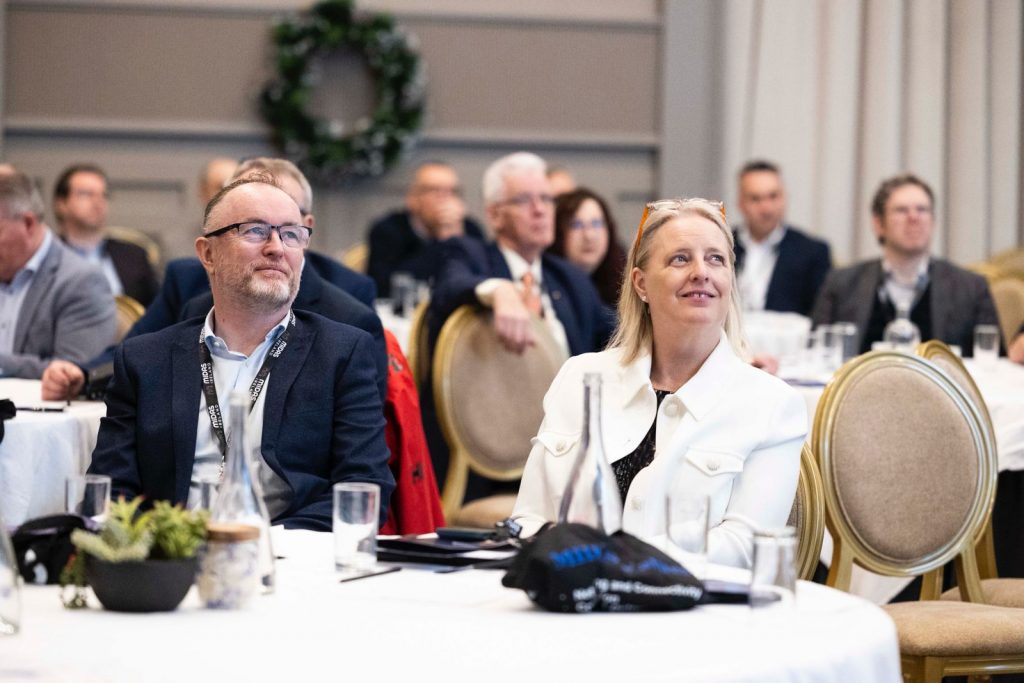

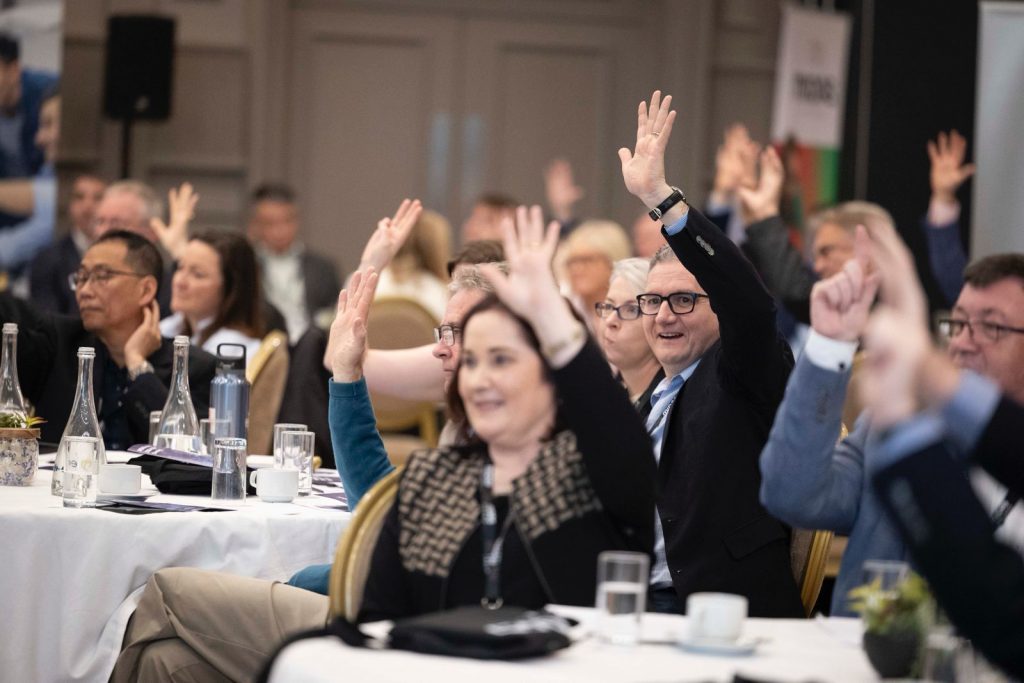
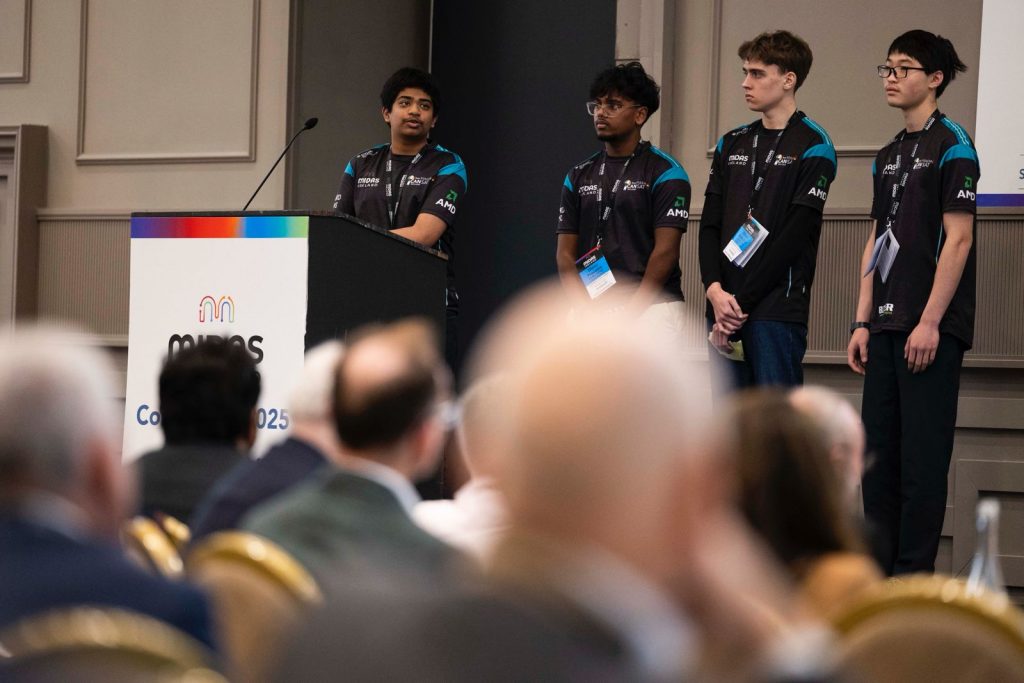
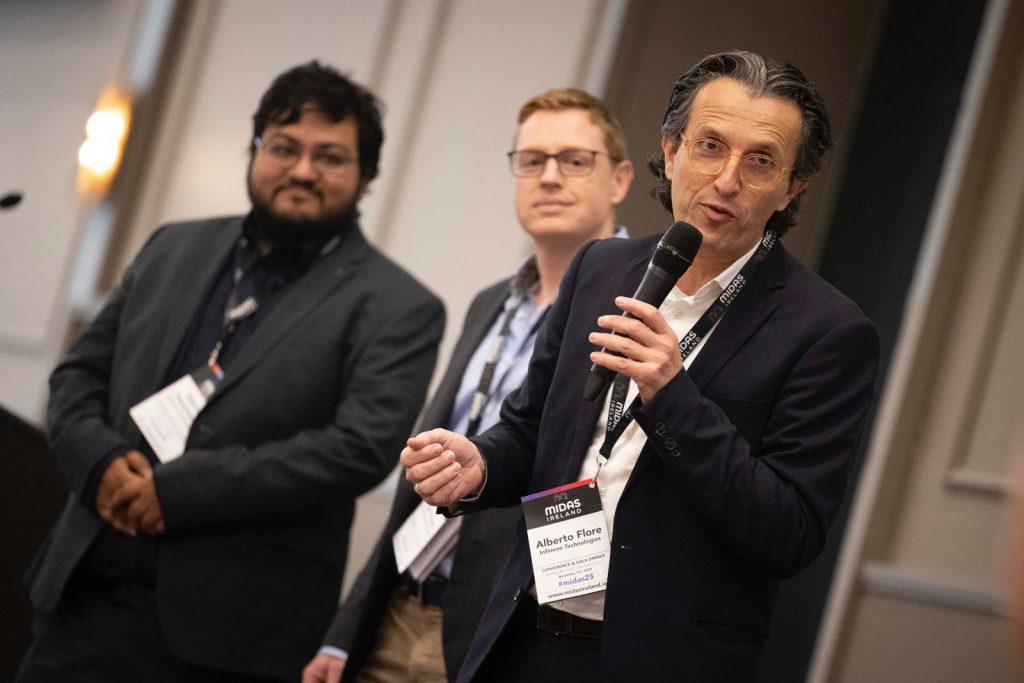
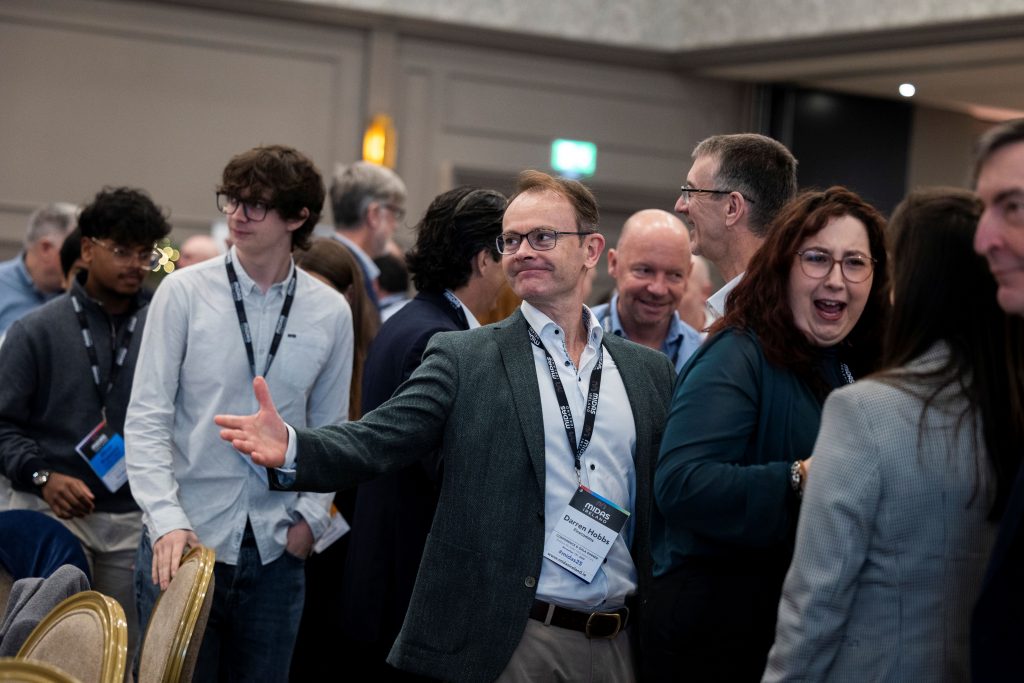



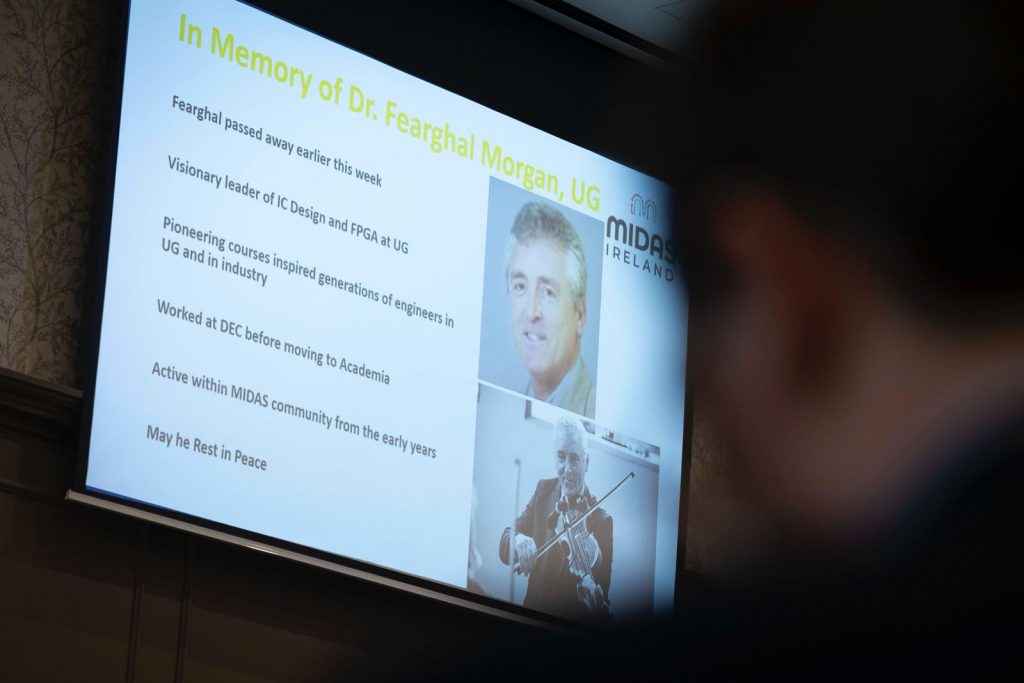
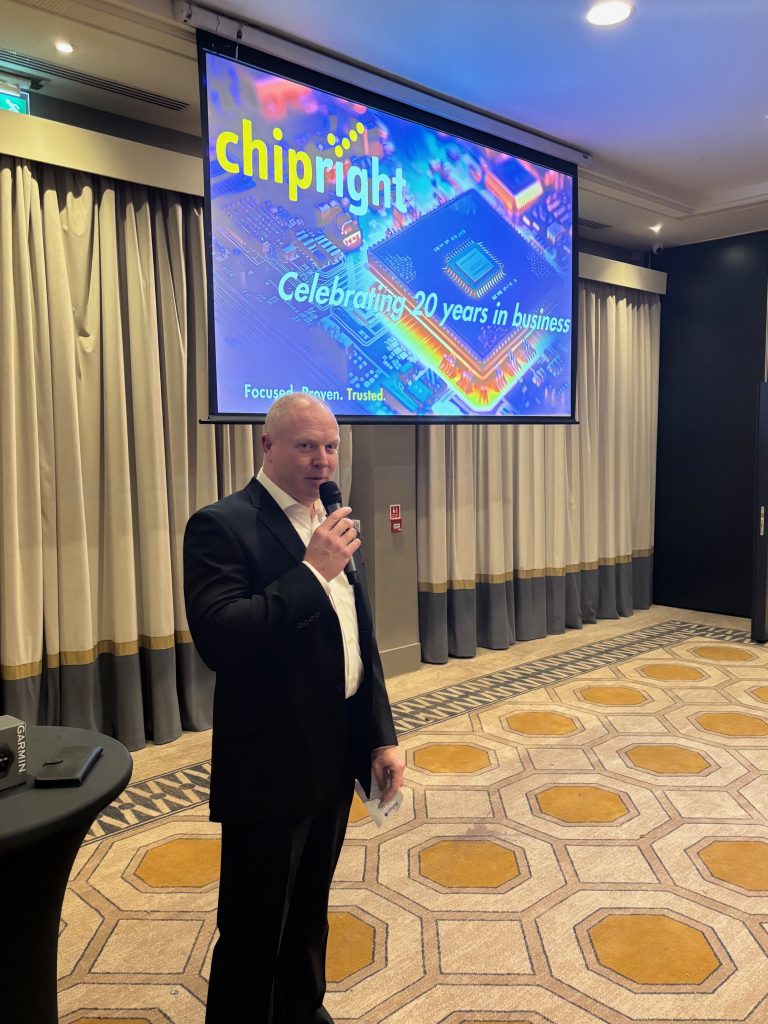
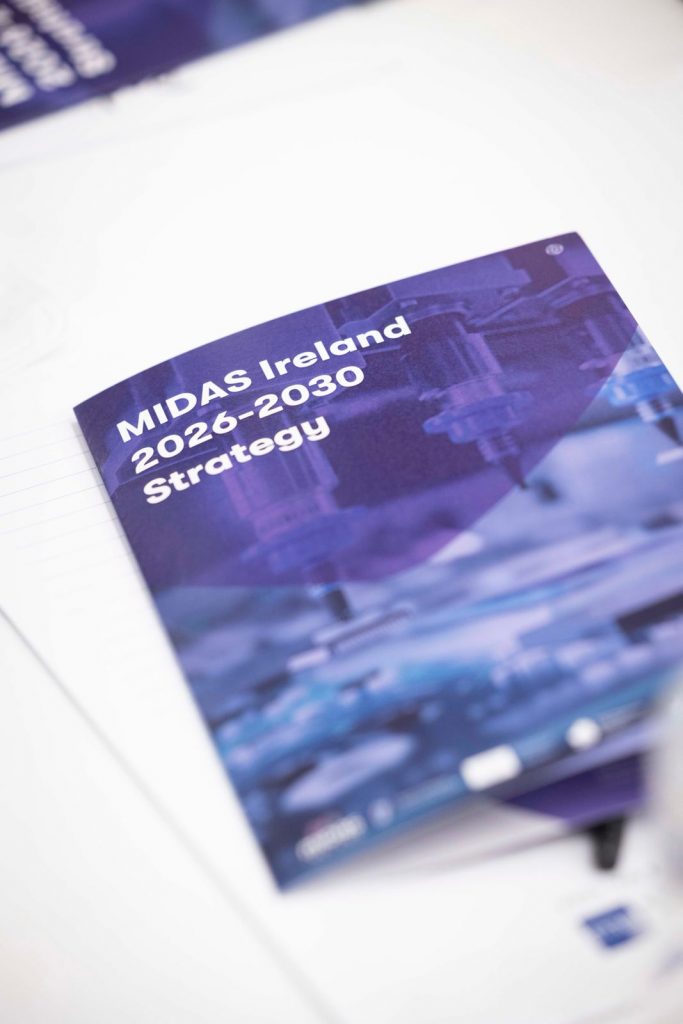
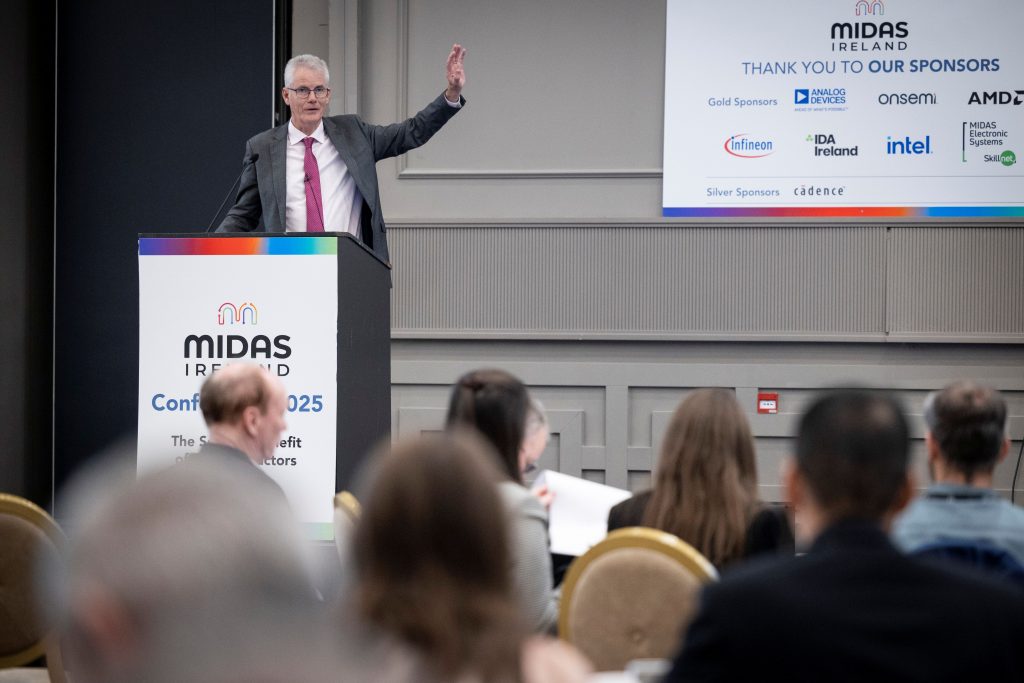
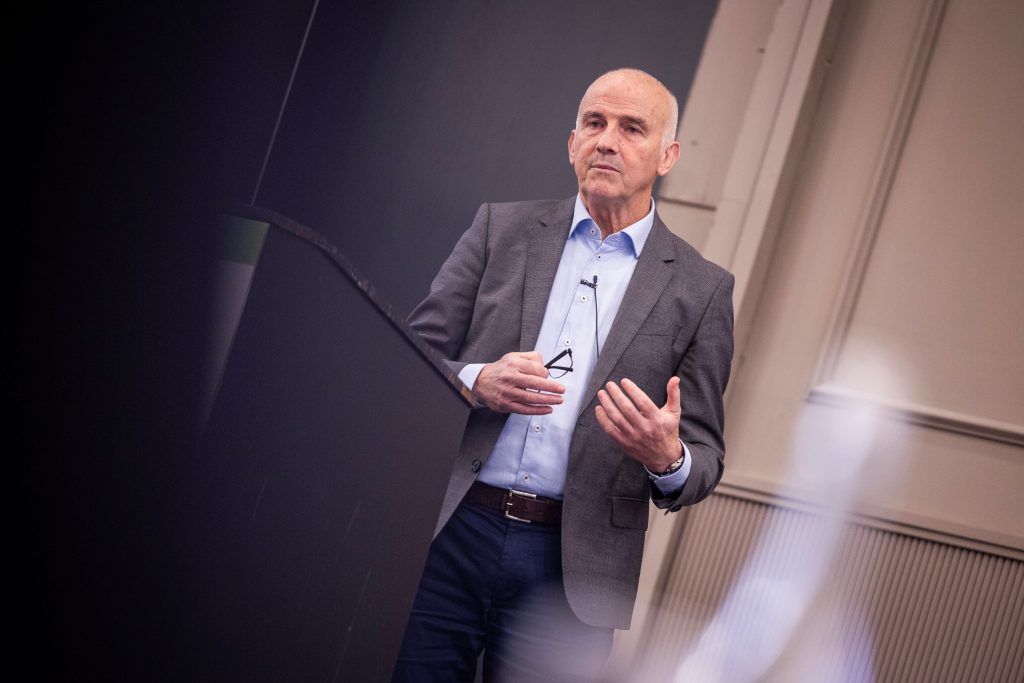


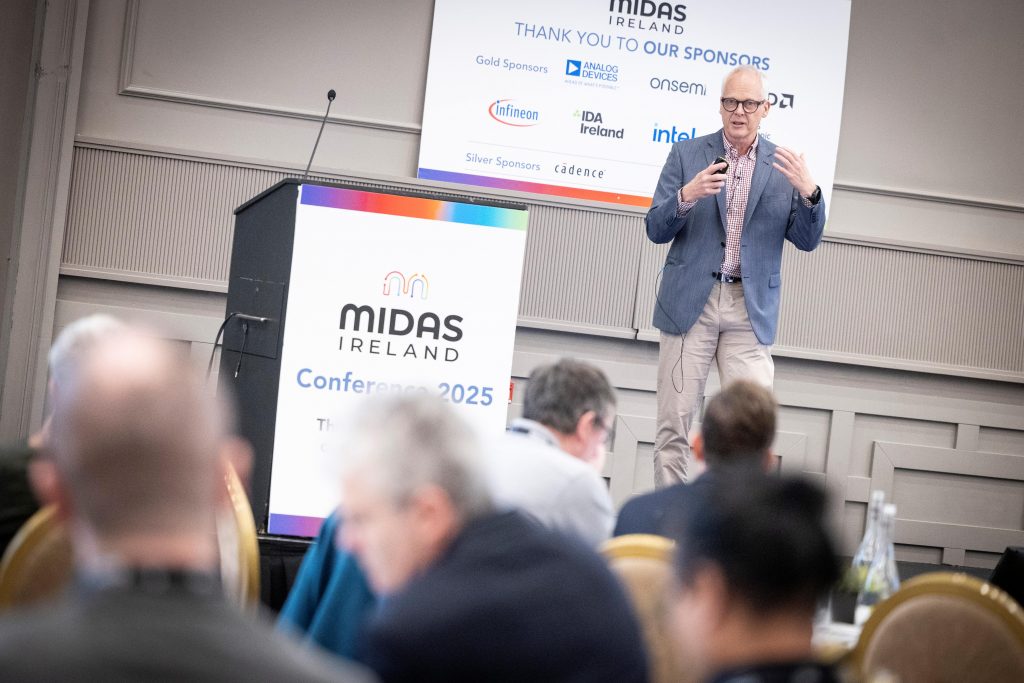

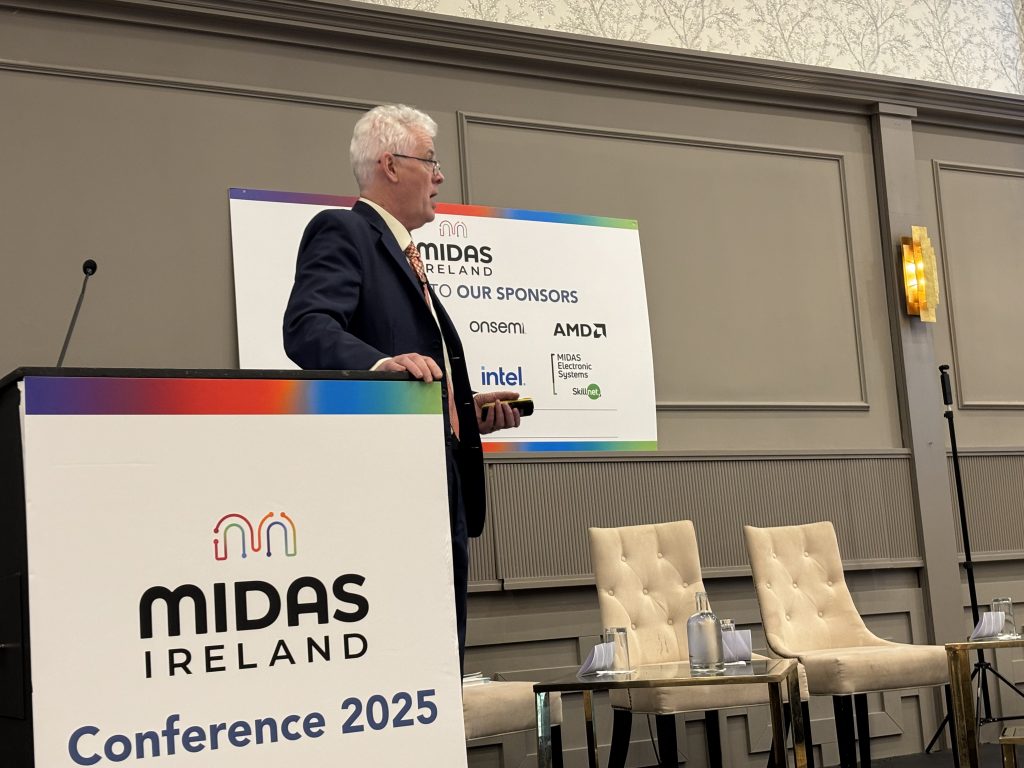
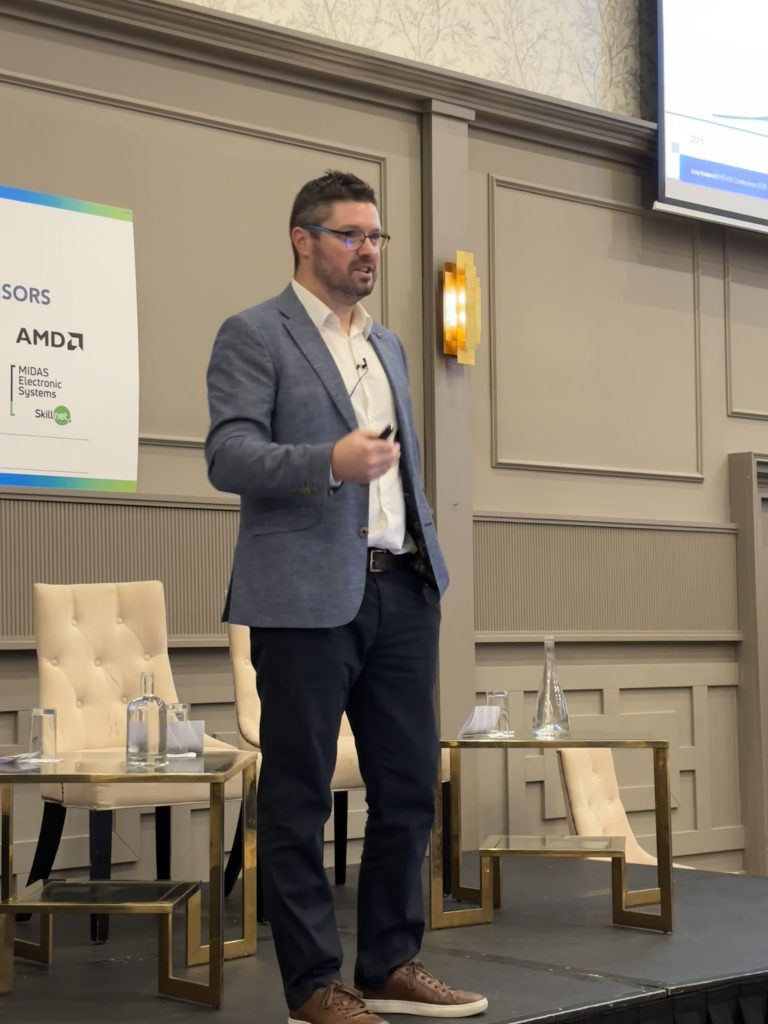
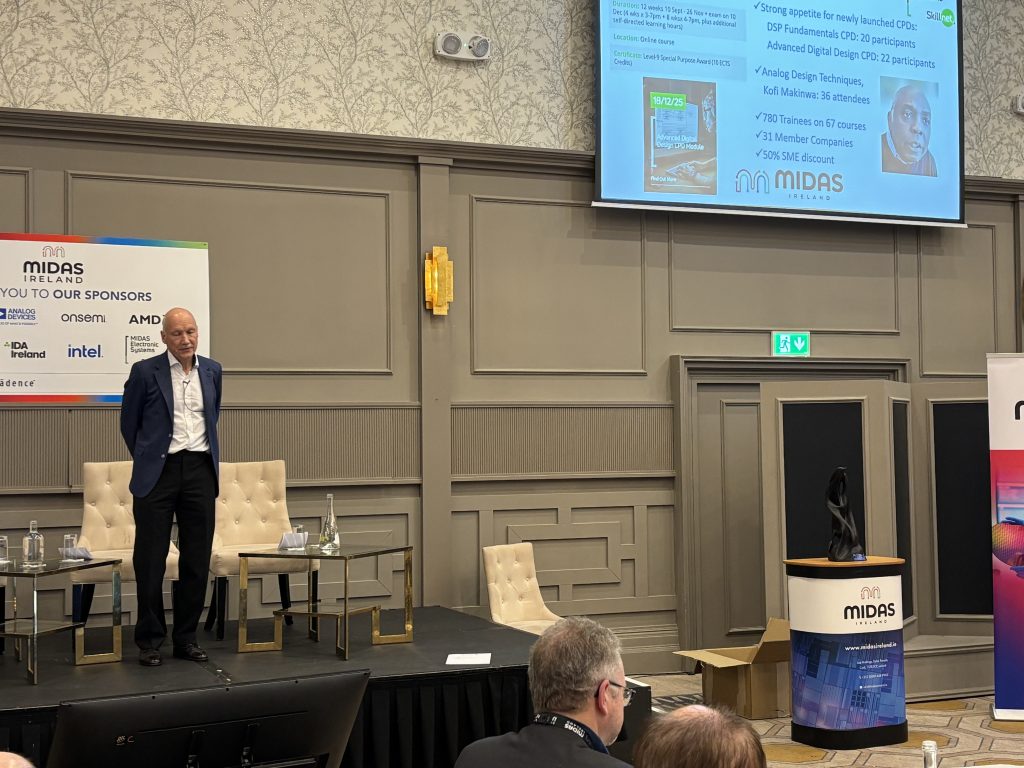


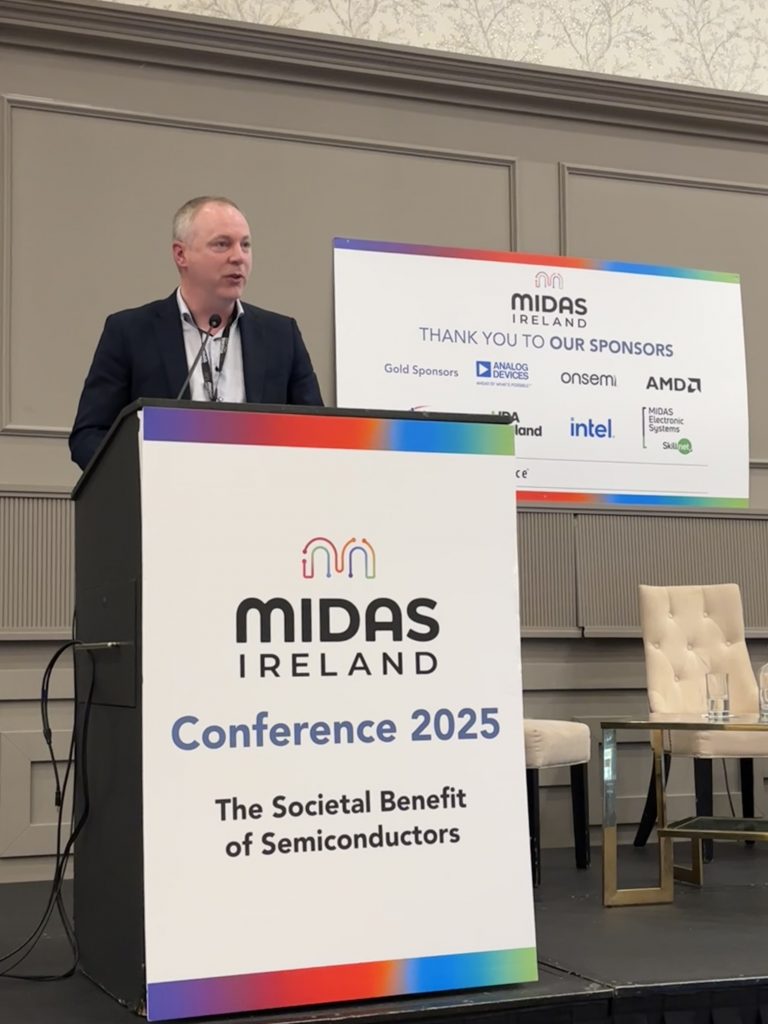
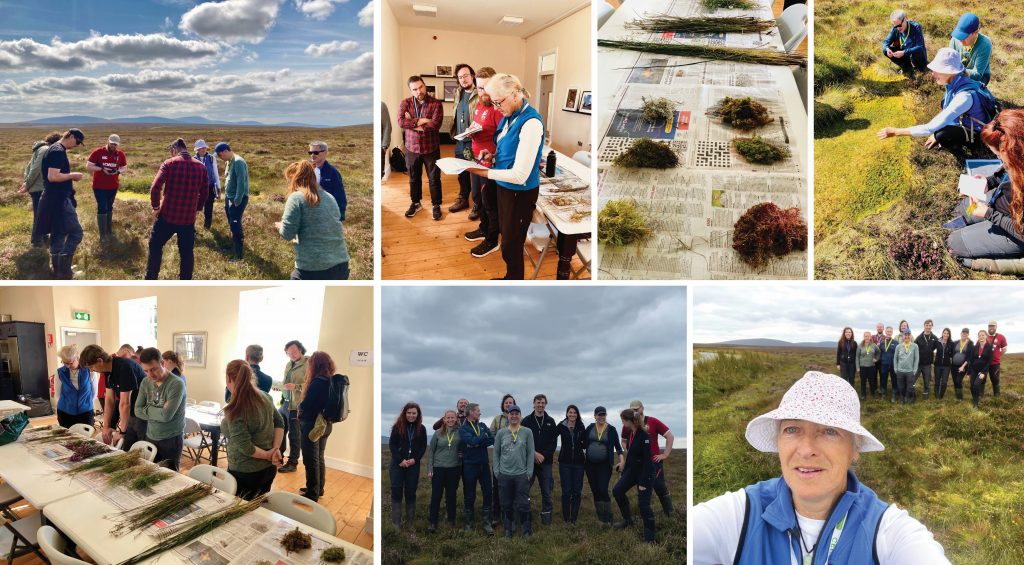
 Science Week 2025
Science Week 2025